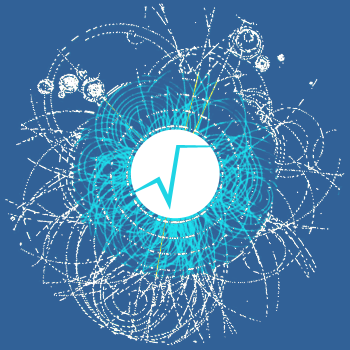Speaker
Description
The simulation of complex systems can involve a high degree of dependencies and interaction between different parts of the simulation. A standard approach to handle these dependencies is the use of a double-buffered global state where all components of the simulation are processed synchronously in lockstep. Parallelization of such an approach has the drawback that it requires a synchronization point, e.g., a barrier, for each step of the simulation. This essentially introduces a part of the simulation that is non-parallelizable resulting in a limit of the achievable speed-up as described by Amdahl's law. One alternative solution that avoids this problem is asynchronous processing where the synchronization between different parts of the simulation is encapsulated by a set of independent local buffers. In this presentation I showcase the design and use of such a simulation approach (implemented with the ROOT framework) that is used for the development of computational models of neurons in the mammalian cortex.
